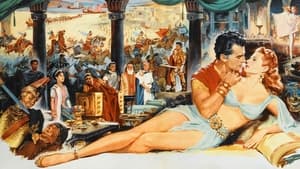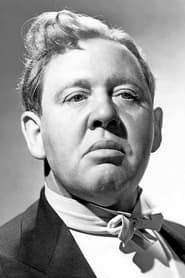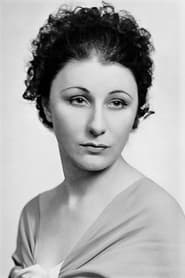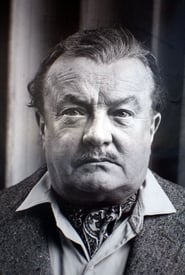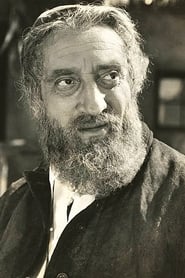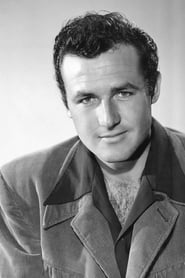Cast
View AllRita Hayworth
as Princess Salome
Charles Laughton
as King Herod
Stewart Granger
as Commander Claudius
Judith Anderson
as Queen Herodias
Alan Badel
as John the Baptist
Cedric Hardwicke
as Tiberius Caesar
Basil Sydney
as Pontius Pilate
Maurice Schwartz
as Ezra the King's Advisor
Arnold Moss
as Micha
Karl 'Killer' Davis
as Slave Master
Rex Reason
as Marcellus Fabius
Crew
Director
- William Dieterle
Writer
- Harry Kleiner
Producer
- Rita Hayworth
- Buddy Adler
Reviews
CinemaSerf
This is one of those films that just doesn't ever quite spark - despite a cast that ought to have delivered an epic. Charles Laughton and Judith Anderson gel well as the rulers of Judea under Roman occupation. When her daughter (Rita Hayworth) returns home, she starts to use her feminine wiles on her stepfather to force him to face his fears and deal with the errant John the Baptist (Alan Bedel) as well as on garrison commander Stewart Granger ("Capt. Claudius"). It's not especially faithful to the original biblical text, but that doesn't really matter- it's still a colourful historical romp that culminates in the now infamous "Dance of the Seven Veils". Granger is not really on to form here, his part is somewhat stifled by a rather dry dialogue and lots of scenes with a really wooden Basil Sydney (Pontius Pilate) and Badel just hams it up with his theatrical performance as the prophet. Still worth watching, though - just not anywhere near as good as it ought to have been.
Mar 28, 2022
Thematic Analysis
As a dramatic work, Salome examines complex human relationships and emotional struggles against the backdrop of a period setting that reflects societal issues of its time. The character development particularly stands out, offering viewers a chance to reflect on their own life journeys.
Director William Dieterle brings their distinctive visual style to this film, continuing their exploration of themes seen in their previous works while adding new elements. Their approach to character development and emotional depth creates a viewing experience that rewards close attention.
Released in 1953, the film exists within a cultural context that now offers viewers historical perspective on the social issues of that era. Its reception demonstrates the diverse reactions to its artistic choices and its place in cinema history.
Did You Know?
- The production of Salome took approximately 3 months from pre-production to final cut.
- The final cut of the film runs for 103 minutes, though the director's initial assembly was reportedly 152 minutes long.
- The cast underwent specialized training for 2 weeks before filming began.
- The director insisted on using practical effects whenever possible, reserving CGI for only the most necessary scenes.
- Several scenes were filmed in multiple locations to capture the perfect setting.
Historical Context
- In 1953, when this film was released:
- The Cold War was intensifying, influencing global politics and culture.
- The civil rights movement was gaining momentum in the United States.
- The film industry was dominated by major studios, with independent cinema still in its early development.
How This Film Stands Out
While Salome shares thematic elements with other films in its genre, it distinguishes itself through its unique approach to storytelling, visual style, and character development.
Unlike Cabiria, which focuses more on action than character development, Salome subverts genre expectations by exploring its themes with greater nuance.
While films like Caligula and King Arthur explore similar territory, Salome stands apart through its distinctive directorial vision and pacing.
This film's unique contribution to cinema lies in its thoughtful balance of entertainment value and thematic depth, making it a valuable addition to its genre.
Details
- Release Date: March 24, 1953
- Runtime: 1h 43m
Where to Watch


